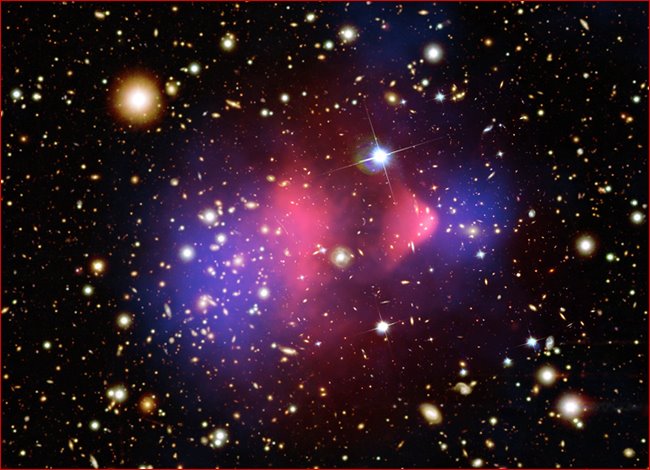Gamma Ray Bursts (GRB) are the most powerful explosions in the universe. They can release as much energy in a few seconds as 1000 suns can over their entire lifetime. Thanks to BATSE they are observed to be extra-galactic in origin. GRB's can be classified as long duration (more than 2 seconds) or short duration (less than 2 seconds). There exist several competing, yet, unreliable models that can explain the observed properties of short duration GRB's. There exists, however, a nascent model that can explain many of the observational and theoretical properties of long duration GRB's. It is called the Collapsar Model.
Roughly speaking, this model requires very massive, rapidly rotating, metal poor stars to collapse to form a black hole via a super supernova explosion. It turns out that some of the stellar material far from the black hole does not immediately fall in to the center but, rather, forms an accretion disk. The eventual infall of this material (via loss in angular momentum) creates super heated jets that shoot out from the stellar poles at speeds close to that of light. This is thought to produce the rare and elusive GRB's we observe. In this way, GRB's are thought to accompany supernovae explosions. Several details of this model need to be reconciled with observations (see, transport of angular momentum problem) but because it matches several other observational and theoretical constraints it continues to be a viable model. Scientific models are always a work in progress slowly but surely inching towards the truth.
Recently, I came across an interesting article:
No supernovae detected in two long-duration Gamma-Ray Bursts
by D. Watson, J. P. U. Fynbo, C. C. Thone, J. Sollerman
The authors have found not one but two GRB's with no apparent supernovae explosions. They have established that these were indeed long duration bursts caused by massive, rapidly rotating stars which is exactly what the Collapsar model demands. To be sure there is no supernova detection, they have analyzed the presence of dust levels along the line of sight and found it to be low.
Assuming, the result stands up to peer review, the Collapsar model will need to be refined so as to explain the lack of supernova detection and/or, as the authors suggests, this could be evidence for a "new phenomenological type of massive stellar death".


No comments:
Post a Comment